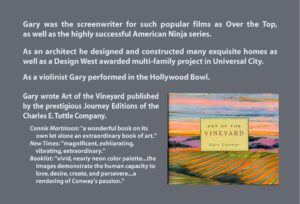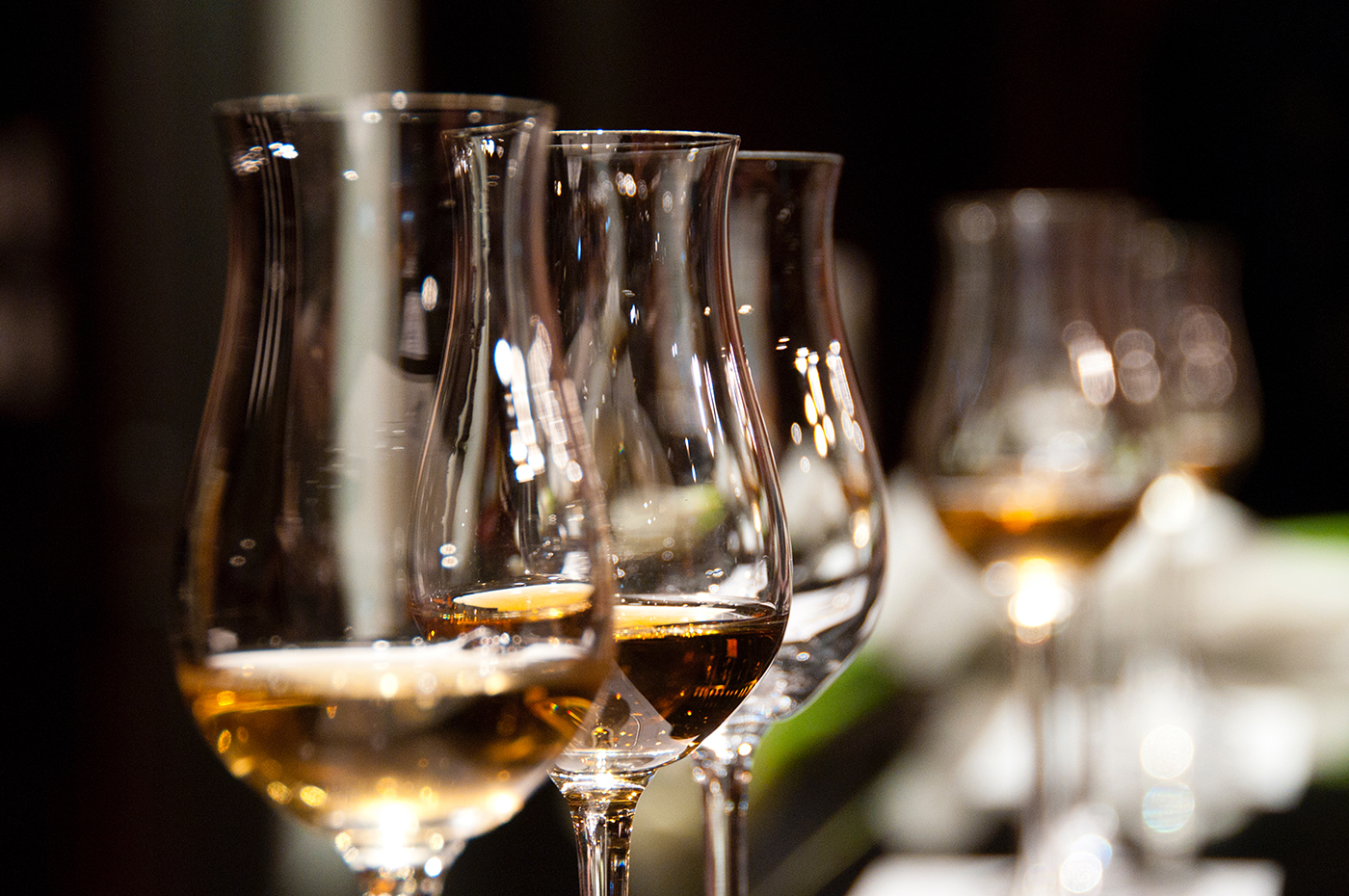Judgement of Science
From the Judgement of Paris to the Judgement of Science!
Luxury Wine and Paso Pacific
In 1976 the Judgement of Paris made its mark. California’s Napa Valley emerged as the new ultra-premium region overtaking elite areas of France that commanded such prominence for many years. The event took birth in a small wine shop in Paris with no expectation of the monumental results of placing Napa Valley as a foremost region for luxury wine.
Almost 50 years later we now have the Judgement of Science. This resulted from a fast-changing climatological wine world, where previous luxury wine regions are in decline mostly due to climate disruption and compromised wine growing.
In the 70’s Napa had an edge over France, certainly not in wine-making expertise but viticulturally and climatologically, bound to affect wine quality and flavor. The vineyards in Napa Valley were still on their own root, natural plants; France had long changed over to mutant grape stock. The climate in Napa was at that point primarily a Mediterranean Climate; the climate in France was and still is unfortunate for vitis vinifera as rainfall is constant throughout the year, especially the summer growing season when the wettest month is August. Botrytis, black rot, powdery mildew thrive in the rainfall and humidity. Fungicides help in prevention but not deterring the mildew and then fungicide flavors. And all the added flavor chemicals and new barrel wood chemicals do not entirely mask the mildew musty presence.
For a hundred and more years the spotlight shone on Burgundy, Bordeaux, then on one fateful day – Napa Valley. It has taken the work of renowned scientists and cultural inevitability, but the spotlight is now on California’s Paso Pacific. Paso Robles, but particularly the westside of Paso Robles, possesses viticultural advantages never seen before and that are coming to the forefront because of the disastrous climate and agricultural circumstances affecting Napa Valley, most of California and France, as well as much of Europe.
Paso Pacific is classic Mediterranean Climate with crucial dry summers and rain mainly during the winter. The humidity is extremely low with little need of rampant fungicides as in Napa Valley and France. Most importantly, the area is abundant in limestone, which is a necessity, long understood for premium grapes.
The region is generally prolific in mineral rich soils. Instead of adverse valley floor growing conditions. Paso Pacific consists of verdant hills and gentle slopes conducive to photosynthesis. Such natural vineyard interruptions are unfavorable to fires and floods and also a classic necessity for perfect vitis vinifera.
Carmody McKnight and its two estate allied brands, Motif and Art of the Vineyard, along with Justin Wines, quietly launched Paso Pacific thirty-five years ago as a new wine growing area with luxurious landscapes encompassed within the Big Sur Pacific. Its exceptionalism, though, was not recognized in the beginning.
It all began not in a Paris wine shop but in a Beverly Hills bank when Gary Conway met Justin Baldwin, a banker, whose ambition was to create a premium Bordeaux in Napa Valley. Gary, with one wine book reading under his belt, naively asked “why Napa?” After all, it was a valley with no limestone. Their conversations became more intense as Gary told Justin about his paradise in Paso, which by the way had oodles of limestone – even black limestone! Gary’s land was an original pioneer ranch of 320-acres and artistically appreciated from the beginning as a color-rich agrarian paradise, as it is now acknowledged as a viticultural wonderland.
Gary was persuaded into selling half of his 320-acre pioneer ranch to Justin and the rest is local history. After a few years Justin Wine was launched which would soon become notably successful in the retail world. Gary would introduce his estate wines in wine shops and wine-lover direct, especially after the ranch was determined to be profoundly important viticulturally; and, no wonder, as it was a highlight of the viticulturally gifted Paso Pacific region.
It started with the discovery of three volcanoes, unknown in any other agricultural property and soon inspired ground-breaking international research. The abundant rare volcanic magma explained the land’s proven and incomparable bounty of macro-micronutrients and an exemplar of sustainability perfection. According to the decades of university, governmental and industry studies an astounding 63 minerals thrive in the soils and in the grapes and wines from this cherished earth.
Then there are the inexhaustible super soils that exist only on this property — Calcium Montmorillonite. The latest prominent lab reviews determined that a sizable portion of the terrain is Calcium Montmorillonite, known as the “wonder soil” and first discovered in France.
University studies led by Cal Poly State University, SLO, in conjunction with other institutions including John Deere & Co. and financing by the State of California, resulted in the discovery of an even superior “wonder soil.” Over 25,000 USDA soil series reviews were conducted and not one single match was found anywhere on earth. These richest of soils which guarantee the opulence of natural flavors nourish the grapes and wine, unequalled in nutrient values, disease prevention and healing with powerful cation exchange capacity. That is why the vineyard has never required fertilization of any kind. Ultimate sustainability and remarkably unique.
And for further land aesthetics there is also the rare and beautiful nutrient-abundant black limestone found amongst the grand array of health-sustaining super soils.
For decades research virtually took over the vineyard, interrupting and stalling wine making and the marketing and selling of the wine. It seemed unfortunate at the time, but success as a retail brand can be a detriment in luxury wine and wine attractive to collectors. Scarcity is its greatest asset unlike the retail marketplace which has its own specific parameters for success. Conscionable success characterizes the present owners of Justin – The Wonderful Company – renowned for their true health products, generous social and cultural support and distinguished environmental responsibility (Cal Tech’s Sustainability Institute).
Luxury Wines – its own world.
Curiously very few in the list of the 100 most expensive luxury wines offer brand recognition for the vast majority of consumers or ubiquitous presence in the marketplace. None will be found lining the shelves in giant grocery stores or jumbo wine shops.
It must be noted that not one of these most expensive wines derives from an area remotely comparable to Paso Pacific. Most certainly none can come close to the super story of this extraordinary vineyard in this endowed land and the compelling and often dramatic saga of the farming family.
It is of the greatest cultural curiosity how these wines end up on that 100 list and demand such prices. Number 100 on the list sells from $1,200 to $1,300 per bottle. When you consider that the highest priced wine is $17,000 per bottle, well $1,200 is a steal! How did they do it? There are many answers. But for certain – none derive from the Judgement of Science. None until now.
It is no surprise that with this wonder land’s miraculous endowment (but limited marketing and retail presence) three Carmody McKnight wines, in combination to create the “Cadenza” Meritage, won an unprecedented 6 juried awards against all California wines in the most prestigious of judged competitions – the California State Fair Wine Competition. The winery itself was voted number one on the Central Coast and California.
It is most significant to note that this Academy Award of wines and subsequent Best in the World (on the cover of Wine in China), an international juried award (and countless others), were achieved without any artificial favors, absolutely no added chemicals for flavors, no new barrel wood flavors and with non-mutant vines free of agri-chemicals, especially virulent fungicides (a wine alone with such dramatic attributes!). And again juried – like the Academy Awards.





